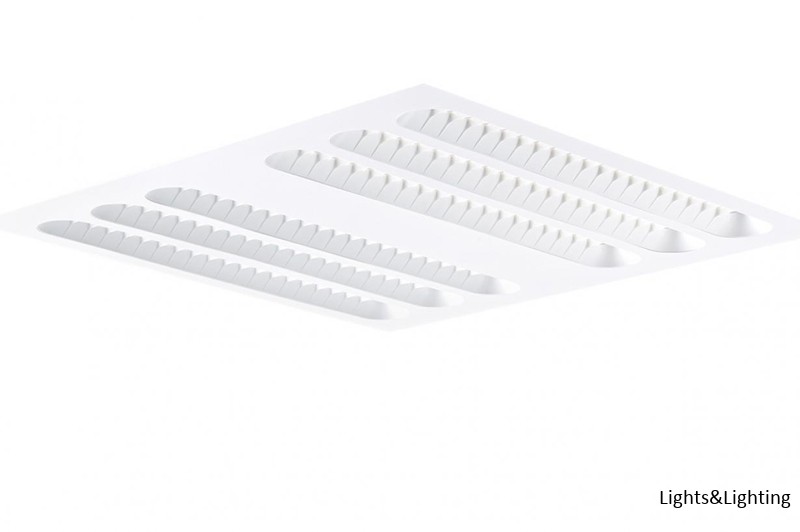My Emergency Light Did Not Pass New York Building Inspection
The regulations for emergency lights in New York City are unlike those of any other city. Units here are much tougher and put out more light than typical fixtures. To complicate things further, each borough in the city has their own individual codes for the amount of illumination required.
So if you had a recent inspection and your brand new emergency lights failed, its probably because you did not get NYC-approved products. Chapter 10 of the New York City Building Code only states that emergency light enclosures should be able to withstand a raging fire for 2 hours, and makes no specific demands regarding the material used in constructing them. Most generic EL units have lightweight thermoplastic housings that are rated as "flame resistant." Naturally you assumed you found a way to outsmart the Buildings Department.
Now that you have discovered the error, it's time to fix the problem before your next re-inspect. Here is how you do it.
WHAT THE FIRE MARSHALL OR INSPECTOR WILL LOOK FOR
Before you find replacement units, get the full report from your last inspection to determine exactly which exit signs and luminaires failed. Cheaper plastic emergency fixtures can be acceptable in areas of reduced importance like basements, storerooms and sleeping berths. However any area along the path of egress will require steel or cast-aluminum lights with higher light outputs.
According to Ch. 10 part 1007.2, New York egress lighting must provide continuous pathway illumination in the following areas:
Interior access routes like hallways
Areas of refuge or rescue assistance for the disabled
Interior stairways leading to a final exit
Exterior exit stairways
Elevators
Platform lifts
Horizontal exits
Ramps
Exit discharge (end) points
Outdoor accessible routes
BUYING NEW YORK CITY EMERGENCY LIGHTS OR COMPONENTS
onCE YOU KNOW HOW MANY FIXTURES REQUIRE ATTENTION BEFORE THE NEXT INSPECTION, ASK YOURSELF:
Which units need to be replaced completely?
Which units just require new batteries or bulbs?
In most boroughs and high rises, facilities with emergency lighting installed must be arranged to provide initial illumination that is at least an average of 2 foot-candle (22 lux) at any point when measured along the egress pathway. This reading is determined by your inspector's light meter, measured at foor level. If a unit fails to provide this coverage, it may just need a higher wattage bulb.
GET NEW YORK CITY EXIT SIGNS AND SAVE!.
When you inspect the failed emergency units, always press the test switch to ascertain if there is a fault in the battery. If it is, you cannot re-charge the battery, you'll have to buy a new one. Luckily batteries are affordable and we offer a wide selection. The most popular type used in New York City are 6-volt 4.5-amp sealed lead acid types.
FINDING NYC EMERGENCY LIGHTS FAST AND CHEAP
We understand you don't want to sacrifice quality when getting battery backup lights, but money doesn't grow on trees. To guarantee a satisfactory inspection in this city, you will need to buy fixtures that are pre-approved by the NYC building code. These lights and exit signs have 20-gauge steel housing that protects the battery from impact, flames and sprinkler damage. You'll also need them ASAP, so it is imperative to find a local vendor.
View our New York City Wet Location Emergency Light
Luckily the Emergency Lights Co. has several warehouses at convenient locations close to all 5 boroughs. Choosing a local distributor like ELC cuts out all the guess work and guarantees a fast build-and-ship time as well as low delivery costs.
INSPECTIONS GOT YOU DOWN?
We are going to help you pass the next inspection with flying colors, providing you with fixtures, bulbs and batteries that are affordable and long-lasting. There is nobody in the business that beats our know-how and customer support. You can email our sales staff or call us.
